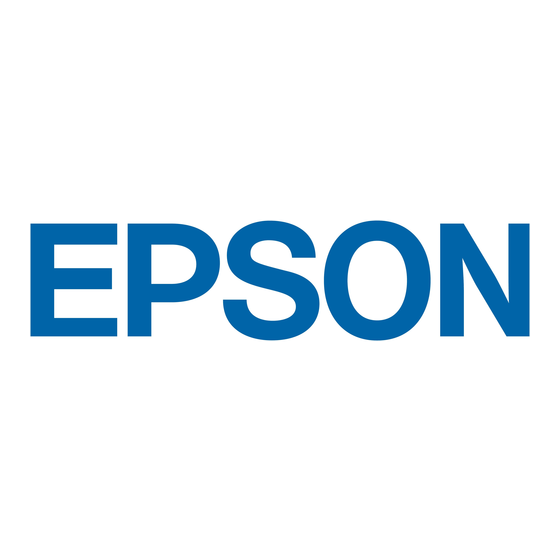Epson 1250 - Perfection Photo Flatbed Scanner Manuale - Pagina 2
Sfoglia online o scarica il pdf Manuale per Scanner Epson 1250 - Perfection Photo Flatbed Scanner. Epson 1250 - Perfection Photo Flatbed Scanner 11. Color image scanner
Anche per Epson 1250 - Perfection Photo Flatbed Scanner: Manuale d'uso (7 pagine), Manuale di base (48 pagine), Bollettino di assistenza prodotti (34 pagine), Informazioni sul prodotto (4 pagine), Inizia qui (2 pagine), Bollettino di assistenza prodotti (23 pagine), Bollettino di assistenza prodotti (40 pagine), Specifiche tecniche (2 pagine), Dichiarazione di conformità (2 pagine), Bollettino di assistenza prodotti (17 pagine), Bollettino di assistenza prodotti (24 pagine), Bollettino di assistenza prodotti (29 pagine), Bollettino di assistenza prodotti (8 pagine), Bollettino di assistenza prodotti (3 pagine), Bollettino di assistenza prodotti (14 pagine), Bollettino di assistenza prodotti (18 pagine), Bollettino di assistenza prodotti (12 pagine), Bollettino di assistenza prodotti (40 pagine), Bollettino di assistenza prodotti (36 pagine), Bollettino di assistenza prodotti (11 pagine), Bollettino di assistenza prodotti (40 pagine), Bollettino di assistenza prodotti (22 pagine), Bollettino di assistenza prodotti (12 pagine), Bollettino di assistenza prodotti (21 pagine), Utilizzo del manuale (3 pagine), Manuale di configurazione (2 pagine), (Inglese) Impostazioni (2 pagine)

